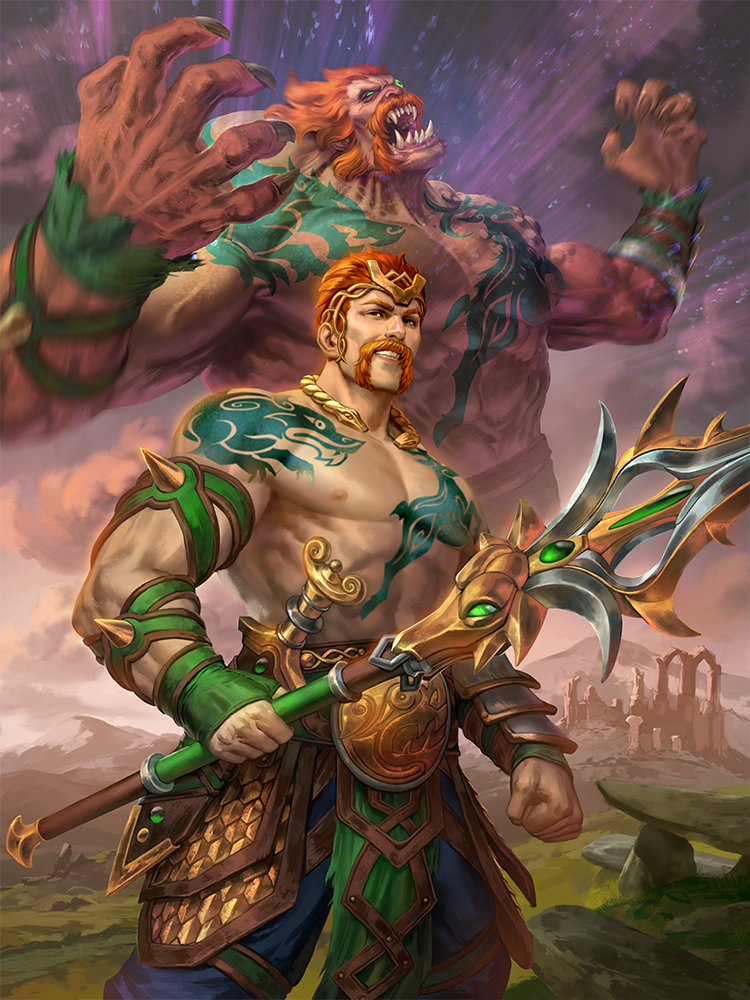
Absolutely! Here’s a fully polished, article-style piece for:
🐉 Integrating Cultural Mythologies into Game Worlds
Game worlds are modern myth-making machines—and there’s no better way to craft immersive, emotionally rich universes than by weaving in the legends, folklore, and spiritual stories that shaped entire civilizations.
Cultural mythologies don’t just add flavor—they provide timeless themes, symbolic depth, and emotional resonance. But how do developers honor these stories without falling into stereotypes or shallow representation?
Let’s dive into the art of integrating myth into game design.
🌍 Why Mythology Matters in Games
Myths are the original worldbuilding. They’re humanity’s first attempt to explain the unexplainable—love, war, death, time, nature, gods, monsters.
When integrated into game worlds, mythologies:
- Add narrative depth rooted in ancient storytelling
- Create emotionally resonant themes (betrayal, sacrifice, rebirth, fate)
- Inspire unique mechanics, abilities, and boss encounters
- Connect players with universal—and sometimes personal—human experiences
🔮 Approaches to Mythological Integration
1. Literal Adaptation
Games that retell existing myths with some creative twists.
🕹️ Example:
- God of War (2018–2022) – Greek gods were replaced with Norse ones, and the game told its own take on figures like Baldur, Freya, and Odin.
✅ What works: Strong emotional arcs within recognizable mythic frameworks.
⚠️ Watch for: Over-simplifying or “Hollywood-izing” complex traditions.
2. Inspired Worldbuilding
Games that build original worlds shaped by mythological themes, aesthetics, or cosmologies.
🕹️ Example:
- Okami – Draws from Japanese Shinto mythology but tells a new story through the goddess Amaterasu.
- Hades – Uses Greek myth but reimagines relationships, personalities, and motivations.
✅ What works: Respectful reinterpretation with modern emotional stakes.
⚠️ Watch for: Mixing too many sources without understanding their meaning.
3. Symbolic & Thematic Influence
Not directly using myths, but channeling their spirit or symbolism.
🕹️ Example:
- Shadow of the Colossus – Echoes global myths of forbidden power, sacrifice, and fallen gods without naming names.
✅ What works: Mythic feeling without needing direct cultural reference.
⚠️ Watch for: Losing clarity or cohesion without narrative grounding.
🛠️ Design Elements Myth Can Inspire
- World Design: Celestial temples, underworld realms, spirit bridges, reincarnation loops.
- Bosses & Creatures: Based on mythic monsters (Wendigos, Naga, Fenrir, Djinn).
- Mechanics: Morality meters, cyclical rebirth systems, fate-based decisions.
- Artifacts & Items: Relics imbued with lore (e.g., thunderstones, cursed blades, ancestral charms).
- Rituals & Lorebooks: Offer deeper cultural layers for curious players.
🤝 Respect, Research & Representation
Using mythology isn’t just about “cool gods” or “epic monsters.” These stories are sacred to many cultures. Here’s how to do it right:
✅ Do the research
Dive deep. Read local sources. Talk to cultural experts.
✅ Work with consultants or creators from that culture
Authentic voices lead to authentic experiences.
✅ Avoid exoticism or appropriation
Don’t cherry-pick elements to make something feel “mystical” or “tribal.” Avoid stereotypes.
✅ Make mythology personal
Ground it in characters, emotions, and choices. Let players feel the myth, not just see it.
🌟 Games That Do It Right
- Never Alone (Kisima Ingitchuna) – Based on Iñupiat folklore, co-developed with Alaska Native storytellers.
- Mulaka – Inspired by the Tarahumara culture of northern Mexico, created with indigenous input.
- Black Myth: Wukong – A visually rich retelling of the classic Chinese novel Journey to the West.
- Hellblade: Senua’s Sacrifice – Combines Norse and Celtic myths with an exploration of mental health.
🧠 Final Thought
Mythology gives games soul. It adds layers beyond code and texture—layers of meaning, emotion, and memory. When integrated with care and creativity, myths turn virtual worlds into timeless legends.
Want help crafting your own myth-inspired world or characters? I can help design, research, or flesh out your concept from lore to level design. Let’s create something legendary.